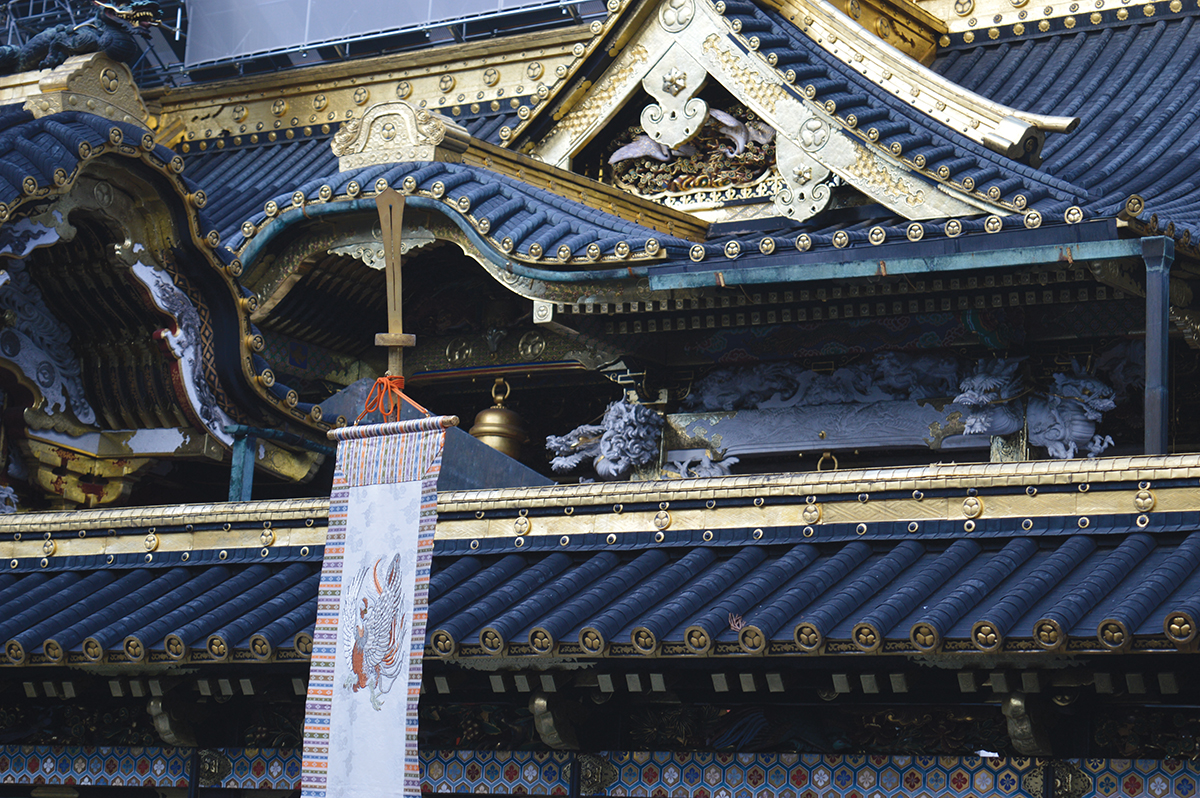Within a few hours of landing at Narita airport, the Tokyo adventure starts with trying to work out how to order a bowl of noodles.
It seems like it should be simple enough. There is a huge array of options, pictured on a vending machine at the front of a narrow noodle restaurant. However, it is difficult to tell the difference between the dishes. Pressing a button featuring one of the offerings produces no result, and the big question of how you actually get the noodles is difficult to resolve.
Thankfully, a Tokyo resident who is waiting for his son is on hand to offer help to the tourists who have travelled halfway across the world, via Istanbul from Edinburgh with Turkish Airlines. The 1000-yen notes bearing the image of Mount Fuji go in first, you get a ticket, and you take it into the noodle shop. Once inside, the staff make the dishes, after a few questions about whether miso or soy taste is preferred, the strength of flavour, and the desired firmness of the noodles.
The noodle shop at Chiyoda-ku in central Tokyo, it turns out, is pretty busy inside, packed with a mixture of late-night revellers and salarymen who look like they have spent many hours in the office.
The experience sums up just a couple of reasons why Tokyo is so beguiling. It is, in so many ways, simply so different, providing a high-adrenaline culture shock for western visitors, much more so than many other Far Eastern cities.
And there always seem to be locals on hand, more than willing to offer their help and sufficiently determined to get round any language barriers, in this huge, energetic and exciting, but also safe, friendly, polite and well-organised, metropolis.
From the extreme energy of Shinjuku, in which the lights are so bright it seems like daytime rather than night, the designer outlets of Ginza, and the famously busy Shibuya Crossing to historic Buddhist temples such as Senso-ji and Shinto shrines such as Meiji-jingu, Tokyo has it all.
If you are staying in one of the city’s myriad mid-size hotels, rather than one of the huge, gleaming international establishments, walking up the orange-and-white Tokyo Tower provides a good handle on the awesome scale of the city.
From the first observation deck, you can see Mount Fuji in the distance. For anyone trying to fit a lot into a short period of time, or wishing to do some easy sightseeing while on a business trip, there are a range of one-day excursions to Mount Fuji.
And, while on a clear day and in the morning light you might catch a pretty good view of Fuji-san from Tokyo, getting up close and on to the mountain is a fabulous experience.
The subsequent drive through Hakone national park offers close-up views of Mount Fuji for hours and, on a clear day in winter, the snow-capped volcano is a truly spectacular sight. Further breathtaking views of Fuji-san and Lake Ashi are afforded from the top of Mount Komagatake, which can be reached by cable car. There is a striking, bright-red, Shinto shrine on top of Mount Komagatake.
The Tosho-gu shrine at Nikko, the final resting place of Tokugawa Ieyasu, founder of the Tokugawa shogunate which ruled Japan for more than 250 years until 1868, is also an easy day trip from Tokyo. It features depictions of the “see no evil, hear no evil, speak no evil” monkeys.
There are also “imaginary elephants”, created by an artist who had never seen these animals but only heard stories about them. The shrine complex is, and feels, centuries removed from the bright lights of Shinjuku and the perpetual motion of the Shibuya Crossing.
However, Tokyo has plenty of historic offerings of its own, with the Senso-ji temple site at Asakusa tracing its roots back to the seventh century. A trip to a Kabuki theatre performance should also be high on the itinerary of those with a particular interest in history and the arts.
A train from Tokyo station to central Kamakura, and a change on to the old-style Enoden line, will also take you back in time. The Daibutsu or Great Buddha at Hase at Kamakura, a huge bronze masterpiece dating back to 1252, has survived tidal waves, fires and earthquakes over the centuries. The beach at Hase, popular with surfers, offers the opportunity to chill out beside the waves.
Returning to Tokyo, there are many posters to remind you that this is a city gearing up for the 2020 Olympics. There is a drive to make everything as simple as possible for visitors who might find the city daunting.
In reality, however, it is not really daunting at all once you get into the swing of things, with an efficient, extensive and easy-to-use public transport system and so much to see and do.
Turkish Airlines’ impressive and memorable business class service, offering culinary delights ranging from smoked salmon and grilled seafood to Turkish meze and desserts as well as the chance to get a good sleep on the flat beds in between watching Hollywood blockbusters, ensures plenty of energy to seize the Tokyo experience. The noodle shop machine confusion cannot be blamed on tiredness. And the attention to detail on the flight is a fitting preparation for the Japanese capital.
Six days later, reflecting on the whirlwind visit over some sushi and champagne as the return Turkish Airlines flight leaves the bright lights of the Japanese capital far below us, what is without doubt is that Tokyo and its surroundings offer a truly exhilarating experience. And one which will endure long in the memory.






